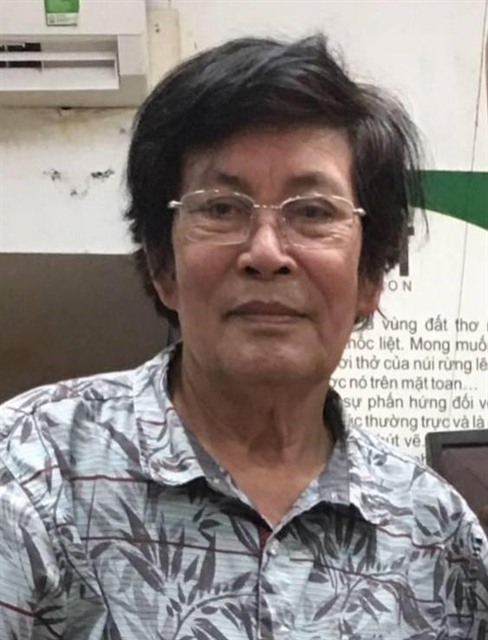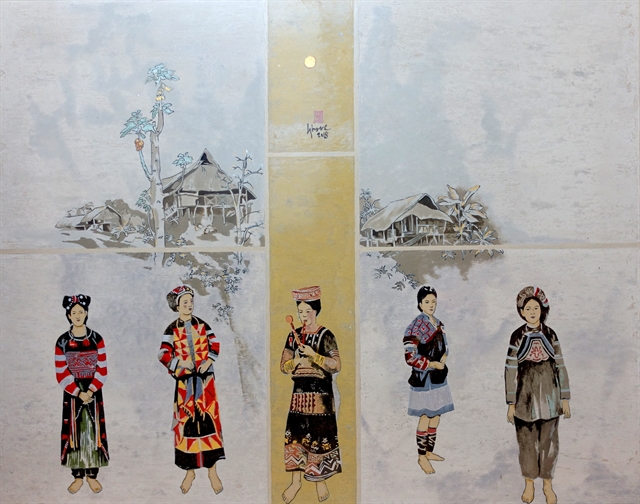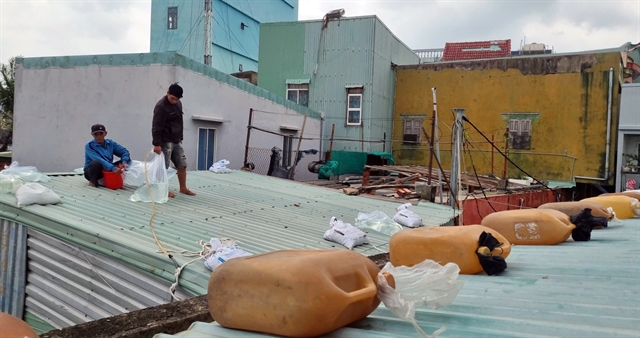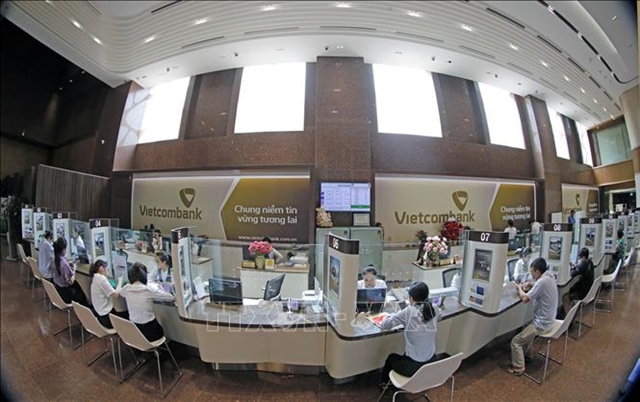 Life & Style
Life & Style


|
| Artist Đỗ Đức. — Photo coutersy of artist |
Veteran artist Đỗ Đức is displaying his lacquer paintings on ethnic clothes for the first time at his house at Thong Dong Ville at 15B, 656 Lane, Lạc Long Quân Street, Hà Nội.
The display opens to the public every Sunday. Please call 84 9133823489 or 0913283307 before coming.
Việt Nam News reporter Nguyễn Bình spoke with him about the paintings.
Could you introduce your paintings?
Simply, it is my idea to show the traditional clothes of ethnic women. I estimated that I would have to paint about 25 paintings featuring the clothes of our 54 nationalities.
But I made 11 paintings. In this collection, I also featured the clothes of a Mông man and a Tày thày mo (shaman). These costumes have beautiful patterns.
I drew these paintings in 2018 with lacquer from the old painting on dó (poonah) paper which I made in 1994 – 1996.

|
| Traditional costumes of Hà Nhì, La Hủ, Cống and Si La groups. |
How long did it take you to create these paintings?
Factually, I first drew more than ten watercolour paintings a long time ago. At that time my family was in a difficult situation. It made my mood suffer and I stopped painting.
In the 1990s, I drew 13 paintings with five costumes in one painting. I was once again interrupted. And I sold two paintings.
I think my paintings help to keep the traditional clothes of ethnic groups which have faded.
Mông Hoa clothes in my painting cannot be seen anymore. Now in Bắc Hà weekly market in Sa Pa town, Lào Cai Province, Mông Hoa women wear clothes which are not original.
My dó painting collection was displayed at the Việt Nam Culture Centre in France in 2009 with the participation of Vietnamese Vice President Nguyễn Thị Bình and ambassador Lê Kinh Tài at the opening ceremony.
I make lacquer paintings because they are more durable than dó paintings.

|
| Traditional clothes of Lô Lô, Xá Phó and Phù Lá ethnic groups. |
Your first solo exhibition in 1986 and the one in the northern mountainous province of Hà Giang were about ethnic culture. Is this the only topic you draw?
It's like fate. I was born in the northern province of Thái Nguyên and studied painting in Việt Bắc School. I worked for the Ethnic Culture Publishing House for the mountainous provinces.
My career was related to the mountainous until I retired. So I learned a lot about ethnic culture.
I paint only about the mountainous topic and ethnic culture because I know them well.
When did you begin to draw ethnic clothes?
In 1978, I first saw the clothes of the Pa Dí, Xa Phó, Lô Lô and Khơ Mú at an art festival in my homeland. They were so beautiful and unique and unlike Tày, Nùng, Mông, Dao or Thái which I knew before.
I wanted to make a photobook of the 54 Vietnamese nationalities. But my idea was ignored by senior staff at the publishing house.
I thought I have to do this by myself. At that time, cameras were very rare and I had to manually record.
I sketched ethnic clothes when I went on field trips to mountainous provinces. I met people there and asked them about the clothes.
I researched more to learn about the significance of the white scarf or tua chồ (dog) pattern of Dao Tiền people.
I learned why the clothes of the Pu Péo woman are made from hundreds of small cloth pieces. Or the clothes of Dao people in Quảng Ninh Province are different from this ethnic group in other provinces.
I’m not an ethnologist so I don’t take long field trips for researching. Behind each costume, there is a story. This is the culture of an ethnic group which has been formed through generations.
Only the Dao ethnicity has 12 branches meaning that they have 12 different costumes. In Cao Bằng, Dao Tiền women wear white scarves but in Hòa Bình the scarves are indigo.

|
| Traditional costumes of Mông ethnic group. |
Will you draw costumes of ethnic groups in central and south Việt Nam?
I have a desire to systematise all the ethnic groups of Việt Nam by drawings. I have done half of the work. It is difficult for me to continue because of my health. But the most important thing is that I'm not in the mood.
Anyway, I still get inspiration to continue.
I don’t have material enough to draw the ethnic clothes in the Central Highlands and in the south. I have not had the chance to learn about the culture in these areas.
I will try my best to draw all the costumes of ethnic groups in the north. VNS




